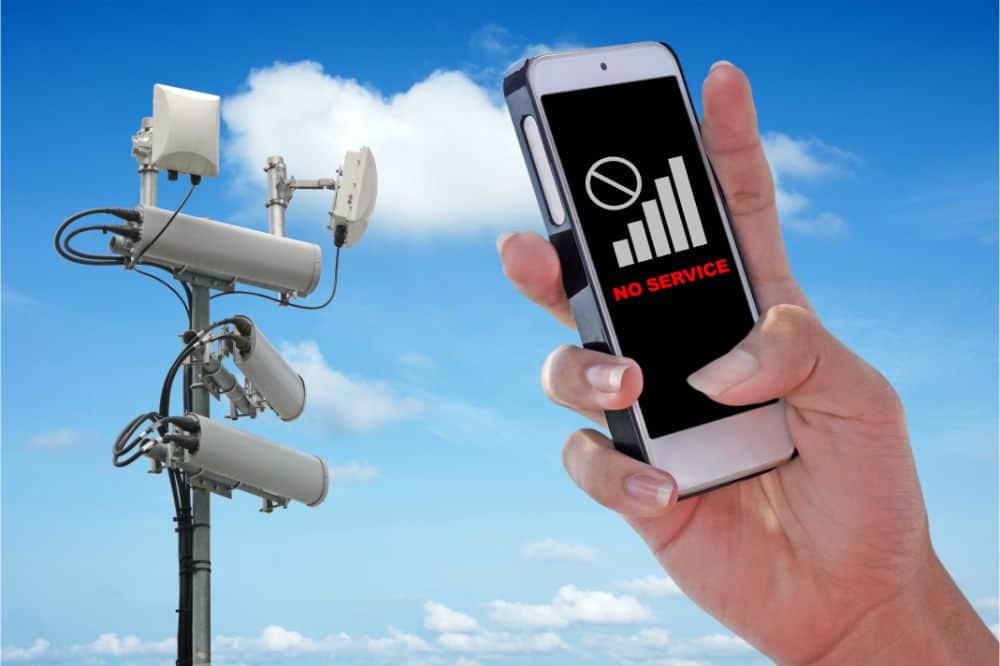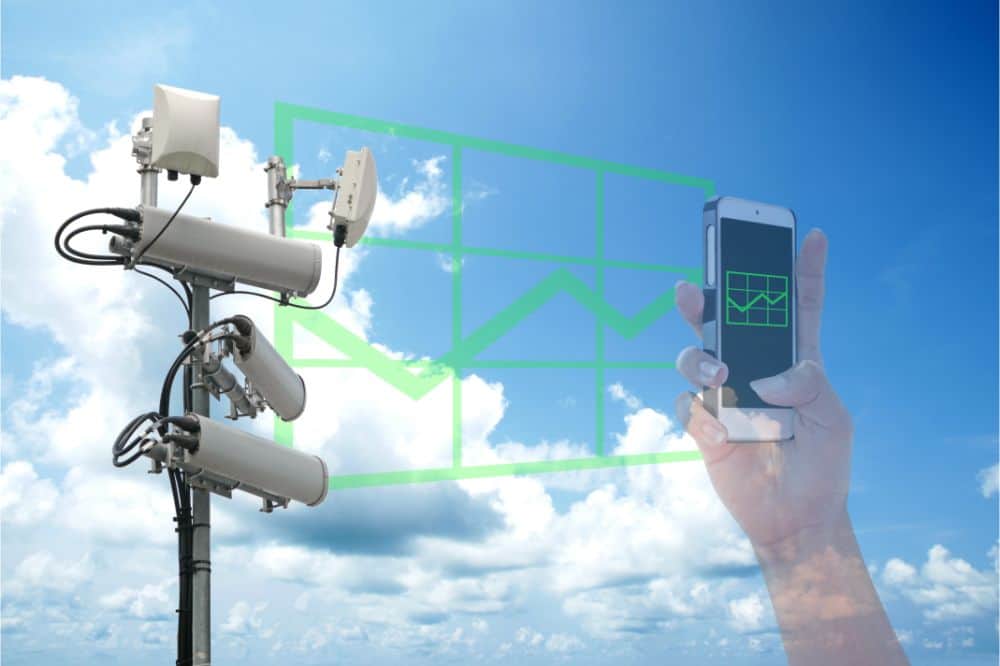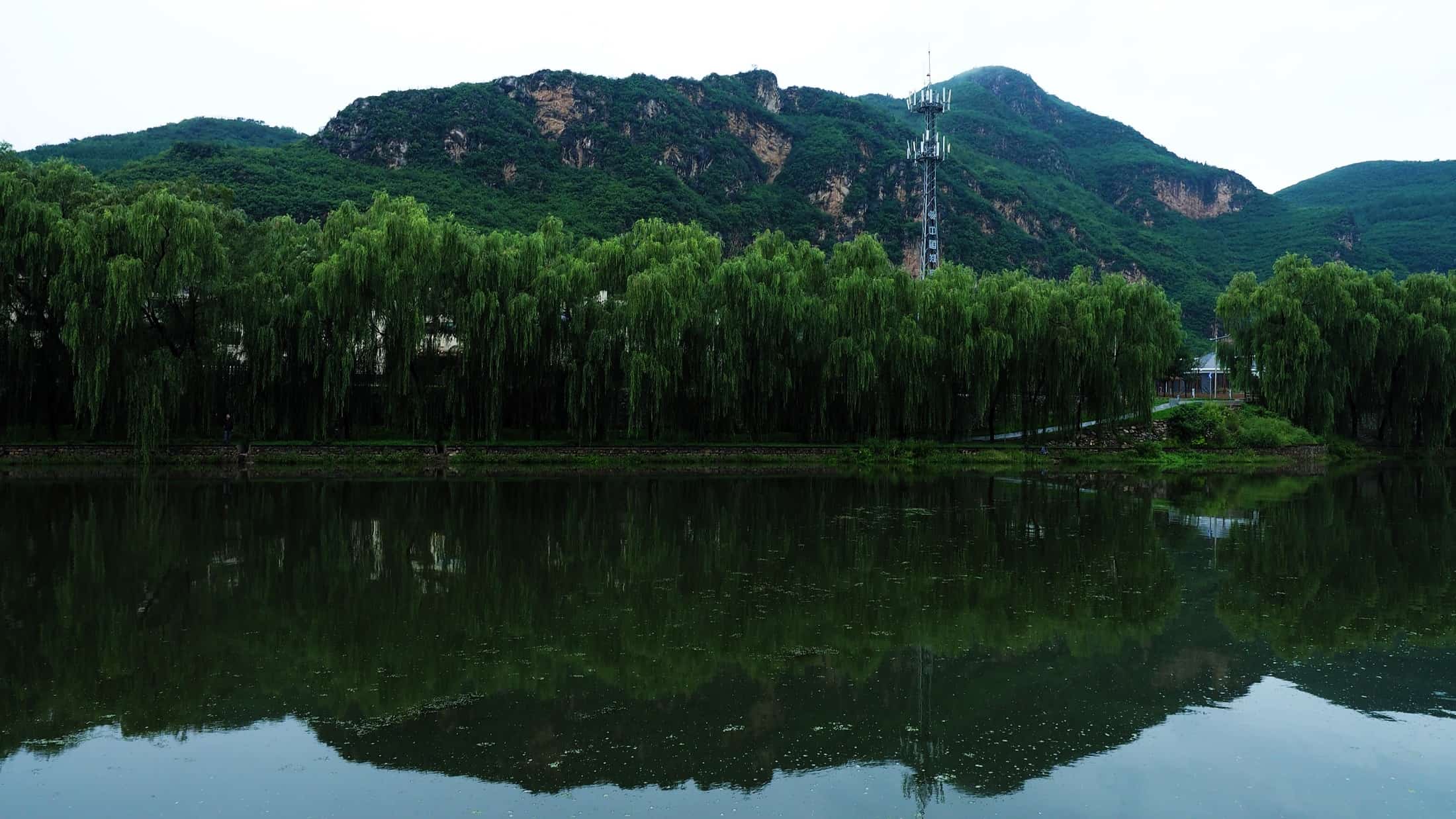Why Do You Need a Cell Phone Signal Booster?
Cell Phone Signal Booster – There are multiple reasons that can cause you to see fewer bars and/or experience dropped calls and lower data rates.
The following points are not exclusive, and often you will have a combination of these in your location.
Heavy Cellular Traffic
Not a typically common problem in rural environments, but far more common in urban environments. Substantial cellular traffic is common in rush hour periods. This is when people are texting, making calls home, or downloading videos to pass away the monotony of the train or bus ride.
These signals are all seeing space on the same tower, and if you are already connected to a network the chances are that you will remain connected.
However, when the current cell tower hands-off to the next cell tower, you might lose the connection.
Cell Phone Tower Proximity
The farther you are from a cell tower, the weaker the signal.
When a cell phone is communicating with a cell tower the tower will tell the cell phone, via the downlink frequency, what frequency and power setting to use.
If the cell phone can’t hear the cell towers instructions, it will drop the call.
Similarly, if the cell tower can’t hear that the cell phone has confirmed its instructions, via the uplink frequency, it will drop the call.
Low Battery on Cell Phone
Always keep your battery optimally charged for the intended use. A cell phone needs to adjust its output power to meet the instructions made on it from the cell tower.
The greater the output power demand, the more battery power is required. If your battery can’t meet the demand then the call will be dropped.
How Does Building Material Effect Cellular Signals
Even if the signal outside the building is strong, materials like drywall, wood, concrete, metal, and low-e glass can reduce the signal strength making it weaker inside a home or office.
New buildings are often designed and built using strategies aimed at achieving high performance in key areas of human and environmental health:
- Location and transportation
- Sustainable site development
- Water savings, energy efficiency
- Materials selection and indoor environmental quality
Often these “green” strategies cause the building to be signal proof, and particularly affect cell signal.
How Weather Effects Cell Phone Signals
Natural weather events, particularly electric storms will affect cell phone signal. Likewise weather events happening on the sun, a solar storm, will also affect cell phone signal.
There is little that a cell phone booster can do to offset the effect of weather related events, however, it also depends on the signal sensitivity of the cell phone booster to be able to “see through” the electrical noise generated by weather events.
How Does Local Terrain Effect Cell Phone Signals
Cell phone signal like all radio signals is affected by the local terrain. Trees, mountains, valleys, and man-made obstacles, including buildings, will all affect the strength of a cell phone signal.
A well-designed booster installation will minimize the effect of natural and manmade obstacles.
This can only be successfully done with a site survey to fully assess the local situation and the potential installation issues, as well as a “Path Profile Analysis.”
A Path Profile Analysis is a highly specialized and well defined process for calculating signal loss along a proposed signal path, between the cell tower and your location, and then designing a solution that will minimize the effect of the obstacle(s).
Property Site Survey For Cell Phone Signal Coverage
Typically Path Profile Analysis and Site Surveys are not offered to consumers who buy the lower priced boosters. For the lower priced offerings it is very much “suck it and see” and hope that it works for your situation.
Higher priced products will offer both a site survey and a path profile analysis, from which you will see exactly what will work for your situation.
Components of All Cell Phone Signal Booster Systems
Signal boosters work for a range of building types and sizes, from small to large homes, offices, apartments and commercial buildings of all sizes.

Regardless of the manufacturers type of booster, the specific components of a cell phone booster include:
Outside Cellular Antenna
Often called a Donor antenna or Pickup antenna.
This antenna, like your normal TV Antenna, is installed outside your building, perhaps on a wall, or roof, or post, or other high spot.
It points in the direction of the strongest cell phone signal and passes that signal down a cable into the signal booster inside the building.
Cellular Signal Booster
Receives the signal from the Donor antenna and amplifies the signal before sending the amplified signal to the indoor antenna(s).
Indoor Cellular Antenna (s)
Sometimes called Area Fill antennas.
These are installed inside the building and are strategically placed to optimize coverage throughout the building.
Typically the average indoor installation will require multiple indoor antennas and, depending on the type of booster you have bought, may require multiple boosters.
Cables
Depending on the size of your building and any requirement for an aesthetically pleasing installation, the selection for the cable type is just as important as the booster.
Poor quality cables can dramatically reduce the strength of a good signal. Also the length of the cable run will dramatically reduce the strength of the signal.
To reduce the impact of long cable runs, it may be prudent and more aesthetically pleasing to use fibre optic cable.
Related content:
Best Cell Phone Booster for Rural Areas and Farms
5G Dangers: Do Not Burn Down The 5G Cell Tower
Signal Booster Installation
Oftentimes customers want their booster professionally installed because they want it done right the first time, and don’t want to see any cables in their home or office.
Such installations will require specialized tools not normally available in the standard home tool kit.
In general the basics of the installation are simple:
- Mount the external antenna (donor) onto a convenient external wall, or post, or roof
- Point the antenna at the tower
- Run a cable from the external antenna to the booster
- Run a cable(s) to strategically placed internal antenna(s)
- Plug in the power, and switch on

Cell Phone Signal Path Profile Analysis
But can it be that simple? Sometimes yes but often no.
If you have a choice of multiple towers to choose from then which one do you choose?
To decide, if your booster is narrow band and cell phone signal provider specific (it will only work with the signal from a defined cell phone signal provider’s network) then you need to know the exact location of that provider’s cell phone tower.
If you are using a broad band booster, one that accepts signal from any provider in the same frequency band, then you will need to point to the tower with the strongest signal, which, due to a variety of reasons, may not necessarily be the closest tower.
In this instance, you will need specialized test equipment to locate the best signal. Or you will need to have a “Path Profile Analysis” done which will identify the best signal for you.
If you leave it all to chance then you could be wasting your time and money. You’ll only further increase your frustration levels.
Wide Area Coverage – Distributed Antenna System
Installing signal boosters in larger buildings requires more careful consideration of the environment and outdoor signal levels, and you can save a significant amount on the total system cost by using specialized installation methods that will daisy-chain antennas.
The process for designing wide area coverage is called a Distributed Antenna System (DAS). We will discuss this in a later article, but for now be aware that such a system requires specialized knowledge and software tools to ensure that you have optimum coverage throughout your building.
Lower cost indoor boosters will provide a certain level of wide area coverage, but you have to be mindful of the “marketing hype” when looking at the best solution for your requirement.
Many manufacturers claim to have “the most powerful signal booster on the market” and be “able to “boost your signal by 50 times.”
What they are not telling you is that the most powerful booster is actual a “system” rating which includes the booster, and associated antennas.
If you don’t buy the strongest gain of antenna, which obviously comes at a price, then you won’t get “the most powerful booster on the market” but something rather less than that. Also, be aware about claims of boosting your signal by “X times.”
The small print often gives away this secret, as somewhere the manufacturer will state that this is only true if the input signal is at least 3 bars or more, and the area to be covered is less than “x sq ft.”
Indoor vs Outdoor Cell Signal Boosters
In our previous article, we discussed a of number cell booster options. All of these options are generally described as in-building solutions.
They are largely only good for use where the booster and antennas are located inside a building. It’s important they are away from extreme weather conditions such as water, snow, fog, and extreme temperatures.
These products are normally not weather-rated and cannot be used outside.
The good news is that weather rated outdoor signal boosters do exist. They are capable of providing wider area coverage than the low cost indoor boosters.
Outdoor rated boosters will also provide in-building coverage while at the same time provide coverage to the outside area.
Some outdoor boosters are weather rated down to -40C (-40F) and as high as +40C (100F). They are also water and dust proof. However, check with the manufacturer to see the specifications for their products.
Outdoor boosters are great for farms, acreages of all sizes, and general low population rural communities.
An outdoor rated booster will provide cell phone coverage to your house as well as the farm land and buildings. If you live in a small rural community an outdoor booster will bring signal into your community.
For all wide area coverage requirements, the safest option is to carry out a site survey and path profile analysis before you commit to buying a booster.
This will ensure that you will fully understand the strength of signal you will get. You’ll understand the area the signal will cover. You’ll learn any other requirements that may be required. This can be a tower on which to mount the donor antenna and area fill antennas.
Other factors such as building size and building material used may also affect the total installation requirements. However, they will be discovered as part of the site survey.
Outdoor installations will use appropriate weather rated cabling, connectors and antennas.
Indoor rated cables connectors, antennas and boosters will not survive any exposure to water or dust. Do not try to use these boosters unless you are 100% guaranteed, in writing by the manufacturer, that they will work outside.
Outdoor boosters tend to be more powerful than the lower cost indoor use only boosters. This is because they are generally used to provide coverage to much larger areas, such as a community or acreage.
Consequently, you can use outdoor boosters to provide coverage throughout a building and without having to worry about climate control.
In summary, be sure that you fully understand exactly what you need your booster installation to provide. Consider any potential expansion needs ahead of time.
For complex installations, there are many important technical considerations. These go beyond just screwing a booster to a wall and hanging a bunch of antennas in a haphazard way.
The cheapest option is rarely the best solution for complex coverage requirements. Typically, you won’t get the technical support and pre-sales support explaining exactly how your booster system will work and the coverage it will provide once it is installed.
Indoor boosters will not work outside or as effectively as a more powerful outdoor rated booster. Beware of marketing hype!
Cell Phone Signal Booster contribution:
Telcosat Inc is based in Alberta Canada. They are a designer and manufacturer of outdoor cell phone signal boosters as well as indoor Distributed Antenna Systems (DAS).
They have designed and installed cellular boosters for a large variety of rural and remote communities in Canada, the US, South America, and some African countries.

